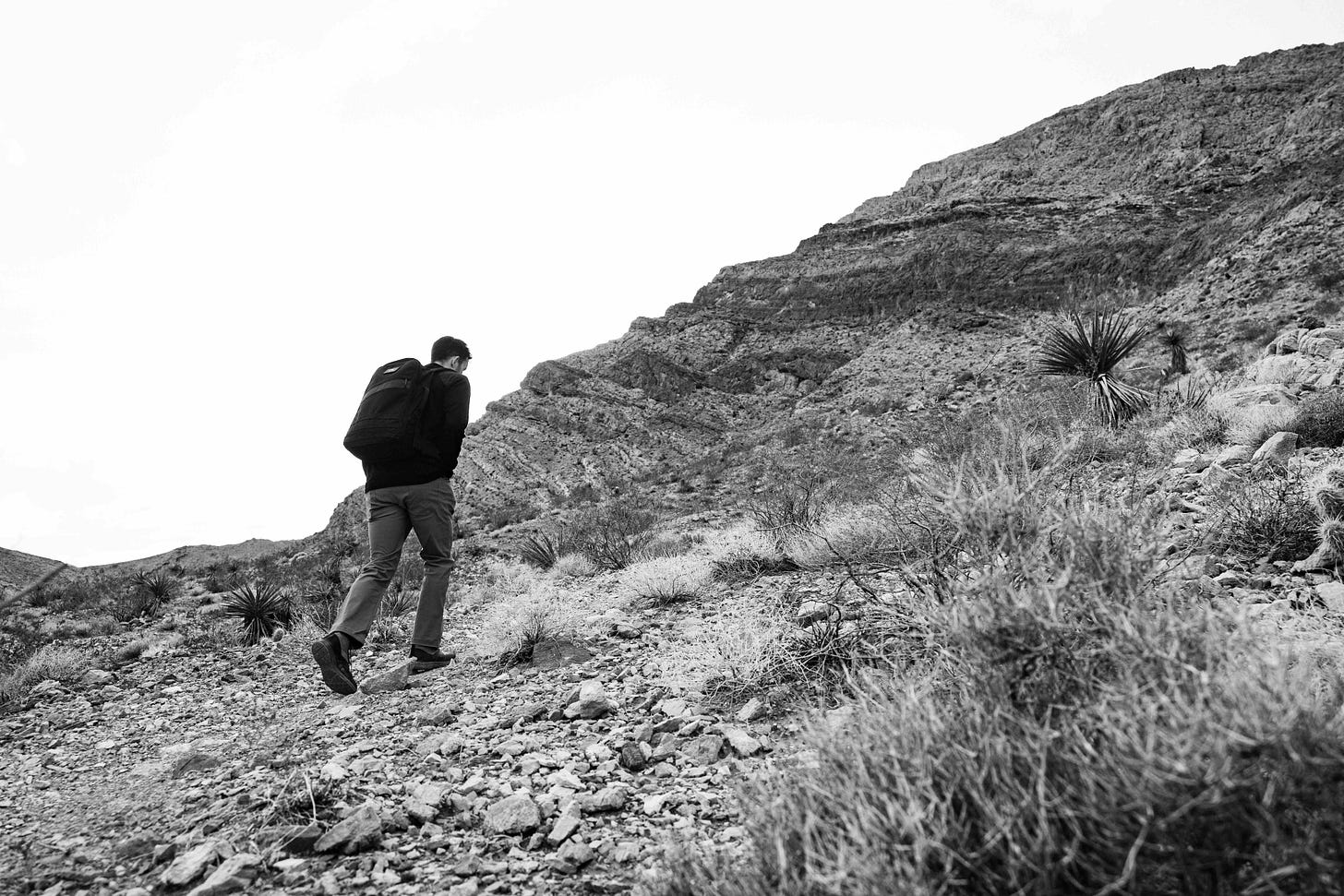Rucking weights if you're overweight
The ultimate guide to rucking weights
Post summary
This is the ultimate guide on rucking weights. You’ll learn:
The perfect weight to start with.
A great “go-to” weight for your size.
The heaviest weight research suggests you can safely ruck with.
How to adapt the weight you use if you’re overweight or obese. That information will help you use rucking to improve your fitness and shed fat safely and sustainably.
Housekeeping
Full access to this post is for Members of Two Percent. Join us. You’ll get full access to all three weekly Two Percent posts, our full archive, and audio editions. Your health is worth it.
Thanks to our excellent partners:
Function Health offers 5x deeper insights into your health than typical bloodwork. You’ll get information that can tweak your behaviors and improve your health and performance. Plus, they’re offering a $100 discount right now. Head to my landing page functionhealth.com/michaeleaster to sign up with your credit applied.
Jaspr air purifiers. Air quality is a massively overlooked health metric. I consider Jaspr my #1 home health tool. Most health-promoting things require effort—but Jaspr is an exception. Just plug it in and remember to breathe. Get a discount through this link.
Audio version
It’s located at the bottom of this post.
The post
This post is the ultimate guide to determining how much weight you should use when you walk with a weighted pack or vest.
It’s especially useful if you’re just starting, wanting to improve, or considered “overweight” or “obese” by BMI standards.
What we get wrong about weight
Weighted walking is beautiful in its simplicity. Load a pack, sling it on your back, and walk. That’s the whole deal. There are only so many ways you can screw it up.
Still, we manage. Using an inappropriate weight is the first and most frequent mistake people make when they start rucking.
But men and women usually have the opposite problem.
Men try to be heroes. They usually go too heavy, too soon.
This can result in overuse issues, especially if we ruck frequently.
It can make our initial rucks feel like a death march, making us less likely to go out and ruck again (as we learned Monday, consistency is the number one determinant of whether you’ll improve your fitness and health).
It can lead you to cover less distance, and covering a greater distance is often more powerful than adding more weight.
Women often go too light. That can lead them to not get as powerful a workout stimulus as they could.
So there’s an inherent tension: We need to go heavy enough to get a serious stimulus, but also not so heavy that we get injured or make the act feel like a death march.
From here you’ll learn:
-Why most rucking weight recommendations are wrong.
-The ideal starting rucking weight.
-A good “go-to” goal rucking weight.
-The heaviest rucking weight to use to challenge yourself safely.
-How to find the perfect rucking weight if you’re considered “overweight” or “obese” by BMI standards (this is critically important).


